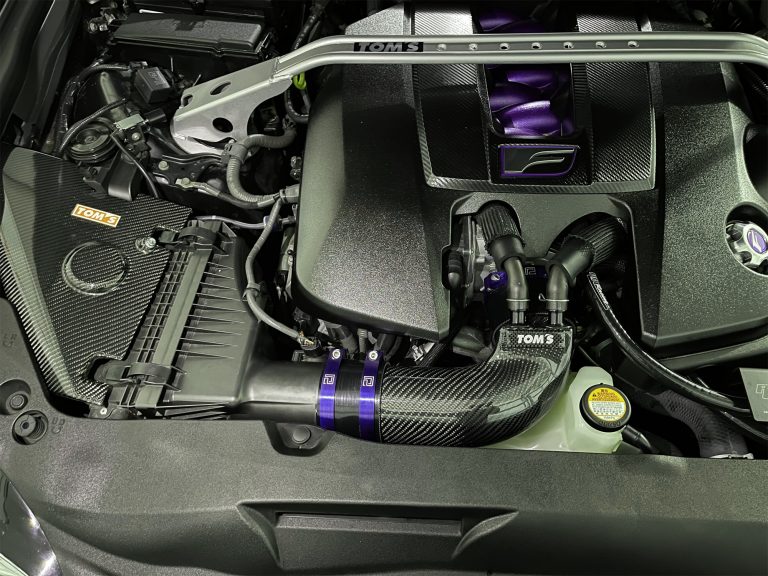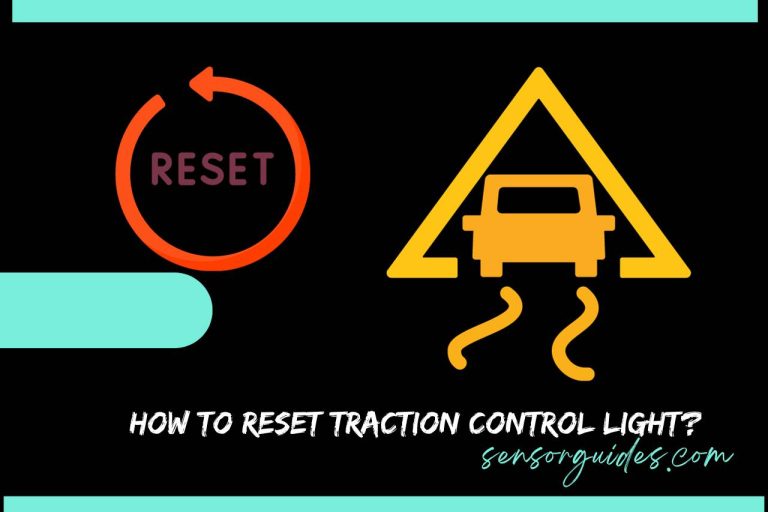Navigating Tomorrow: Pioneering the Landscape of Future of Map Sensors Advancements – 2023
As map sensors become more and more advanced, their potential applications continue to grow.Here are just a few examples of industries and technologies that are benefiting from the latest innovations in mapping technology:
Autonomous Vehicles
Future of Map Sensors in autonomous vehicle is among the fastest growing applications. Self-driven cars are enabled to operate appropriately through map sensors that offer real-time information on the environment.

Augmented Reality – Future of Map Sensors
In addition, AR is used in the production of maps and other such things. Augmented reality places digital content in the physical world which opens a wide range of opportunities for both users and companies. Maps sensors can then be used to enhance AR with addition to AR.
Automotive Industry
Nevertheless, Future of Map Sensors have revolutionizes the motor industry through making sure that different systems do not collapse. The sensors’ maps are just vital in the modern cars as they enhance fuel consumption and engine performance and many more.
Optimizing Engine Performance:
Map sensors provide real time current information to ECU which burns the fuel air mixtures accordingly. Thus, more fuel burnt, better engine efficiency, less emission. With the progress of autonomous technology, map sensors will help to make engines of drivers more efficient in driverless cars.
Enhancing Safety in Advanced Driver Assistance Systems (ADAS):
Map sensors also support functions like adaptive cruise control and automatic braking. Likewise, it provides constant feedback on the speed, the distance, as well as the acceleration of any vehicles passing nearby.
Enabling Precise Air-Fuel Ratio Control:
These new engines use the map sensors into control of the air-fuel ratio. Better combustion and emissions. In turn, it enhances engine operations and encourages environmental-friendly measures.
Supporting Engine Diagnostics:
Map sensors are vital to engine diagnostics because they provide pressure and air temperature monitoring. The ECU makes use of this information to find out any departures from normal and warning the driver that there are problems coming up.
Future Potential in Electric Vehicles (EVs):
Map sensors remain critical in the smooth operation of electric powertrain components as the auto industry embraces the rising electric vehicle trend. EV air intake should be exact for map sensors, battery cooling and power.

Future of Map Sensors in Autonomous Vehicles
The map sensors have become very crucial, especially in the autonomous vehicle technology, commonly referred to as the self-driving car technology that is transforming the automobile industry. The sophisticated sensors inform on the immediate environment as the vehicle safely moves about making right decisions. Here are some key applications of map sensors in autonomous vehicles:
- Mapping and Localization: The map sensors provide information on the road condition, level of traffic, and position of objects. Thus, they use this information to generate the accurate maps which the vehicles will use to locate themselves. Autonomous cars determine their exact position using the data provided by the GPS and sensors, so as to prevent the vehicles from leaving the road.
- Obstacle Detection and Collision Avoidance: Map sensors, especially those using advanced imaging technologies such as LiDAR and radar. These sensors always scan the environment and recognize the obstacles, pedestrians, and other objects. This information enables intelligent vehicles to react speedily to make avert collisions and safe navigation at all times.
- Adaptive Cruise Control: Adaptive cruise control is facilitated by map sensors which adjust the speed of the vehicle depending on traffic flow. Map sensors aid smooth acceleration and deceleration by monitoring the distance to the vehicle ahead; hence ensure safety and comfort while driving.
- Lane Departure Warning Systems: The map sensors assist in identifying and tracking lane markings that lead to an indication of lane departure warning system. Such systems keep the driver away from any kind of distraction or drowsiness on the road and alert in case of the driver’s car moves beyond the lane.

Increasing Reliability of Internal Combustion Engines
There is need Future of Map Sensors, they play an important part in improving the reliability and performance of internal combustion engines. It is through the monitoring of the intake manifold pressure that such sensors relay crucial details about the fuel air mixture adjustments to the engine control unit. It makes combustion more efficient, less polluting the environment, and does not damage the engine. Moreover, the map sensors help in detecting faults such as vacuum leaks and bad turbo chargers so that early diagnosis and rectification can be instituted. Advances in technologies have made the modern map sensors more reliable and durable leading the reliability and durability of the IC engine.
To exploit the capacity of map sensors for optimum engine performance, car manufacturers are adopting high-tech engine management systems. These systems are configured to provide optimal fuel injection, ignition timing and boost levels using the data from map sensors. Consequently, vehicles run on maximum power, thereby providing higher fuel economy and improved performance. Map sensors also support real time monitoring of the engine load, temperature, or height above sea level. Such information is very important in adaptive control strategies, which allow an engine to adapt its adjustable parameters so that it performs properly under varying conditions. Map sensors, by constantly monitoring and studying these parameters, help to keep the internal combustion engines running smooth and long in varied appliances, for example, cars and heavy duty machineries.
Healthcare – Future of Map Sensors
Map sensors have made incredible strides towards the way people are being monitored within medical fields as well as leading the path to more creative strategies. Here are some emerging applications where map sensors are transforming healthcare:
- Non-invasive Continuous Blood Pressure Measurement: It is because of map sensors that developers have managed to create non-invasive devices for measuring continuous blood pressure without any invasive procedures. The patients will feel comfortable and they will continuously provide information about their condition to their doctor.
- Real-Time Monitoring of Vital Signs: Real-time evaluation of these crucial parameters such as heart rate, respiratory rate, and arterial oxygen saturation could be achieved using mobile devices equipped with map sensors. Preventive health checks and early detection of any abnormalities in its operation can be made with it.
- Mapping of Hazardous Environments: Map sensors are particularly significant in preparing useful maps on the operation rooms or the quarantine wards in hospitals. Therefore, having correct mapping to guide health providers to enhance their process of delivering healthcare and avoid transmission of diseases onto patients.
- Precise Positioning of Medical Equipment: Thus, map sensors would assist in accurately placing particular medical gear like X-ray machines and even robo-surgery systems. This improves accuracy during the medical procedures hence ensures error prevention resulting in improved patient care results.
- Augmented Reality Applications: Map sensor is installed on AR headsets, therefore improving vision in surgical procedures. In this regard, AR supplements important components of the surgeon’s visionary line and offers timely information, thereby reducing errors in surgical procedures. The future map sensor technology will have such a significant impact on the healthcare industry that there will surely be multiple other discoveries revealed about it. Nonetheless, the development is aimed at providing quality patient care, improving healthcare process, and ensuring better performance of the performed surgeries.
Non-invasive Continuous Blood Pressure Measurement
Blood pressure is one of the most common health concerns which require constant measurements so as to be able to keep the complication at bay. Non-invasive continuous blood pressure measurement using map sensors, traditionally applied in automotive and industrial domains. These sensors, which are capable of detecting and indicating pressure changes can revolutionize, healthcare sector. The integration of map sensors in wearable devices like smartwatches or wristbands will help monitor one’s blood pressure throughout the day seamlessly. The sensor detects the pulsatile changes in the blood pressure that occur in real-time enabling users to understand their cardiovascular health and make informed decisions on lifestyle and drugs to take.
The use of map sensors presents many advantages in non-invasive blood pressure estimation. This removes the requirement to carry out the invasive measurements using the cuffs which would otherwise be uncomfortable and risky. Moreover, constant monitoring gives a more in-depth view on blood pressure changes that may facilitate detection of irregularities and individualized medicine. Health care providers can be able to analyze blood pressure patterns in patients with help of data generated from these sensors. In addition, the long-term monitoring allows for assessment of blood pressure trends which can be used to evaluate drugs, lifestyle changes and any interventions used to manage hypertension.
Real time monitoring of vital signs.
Map sensors are bringing a new paradigm in monitoring of vitals in evolving healthcare technology. Using map sensors, medical personnel can receive the information on the go like heart rates, blood pressure or even oxygen, which then helps with the quick response and better outcomes.
Wearable Devices for Personal Health Monitoring:
- Wearable devices have map sensors that help monitor and record essential body indicators.
- Such sensors are well compatible with smart watches, fit-bands as well as other wearable gadgets .
- People will have real time data at their disposal enabling them to check their health and take appropriate preventive measures against unhealthy living.
Remote Patient Monitoring:
- Map sensors are equally essential in remote patient monitoring systems, enabling healthcare providers to monitor patients’ vital signs far away from them.
- However, this technology has great potential for managing chronic conditions and after-surgery care, decreasing the number of readmissions to hospitals through enhancing patient convenience.
Early Detection of Medical Emergencies:
- Map sensors regularly check for variations in vital signs, and they inform healthcare staff if these variations could lead to medical emergencies.
- Early detection allows timely medical care, thus lives can be saved and serious complications avoided.
Industrial Applications – Future of Map Sensors
Industrial Applications:
These map sensors have been applied in different areas changing procedures while improving efficiency. Here are some notable industrial applications of map sensors:
Precise Positioning of Industrial Equipment:
The position of industrial machinery like the cranes and robots is determined using map sensors. The sensors give precise real time information that is crucial in undertaking delicate operations by automated system while keeping mistakes to minimum hence boosting production rates.
Mapping of Hazardous Environments:
Map sensors are significant to mapping and monitoring dangerous environments such as mining, oil and gas, chemical plants etc. These sensors collect vital information about temperature, humidity, and gas levels that play a critical role in developing proper safety protocols, maintenance, and preparedness for emergencies.
Soil Moisture Monitoring:
For instance, there are helpful map sensors on monitoring soil moisture for the agricultural industries. Using the soil’s moisture content, farmers can define proper irrigation. As such, this allows them to save water, boost their plants, and ensure that the plant roots grow appropriately. This is important since it ensures that they conserve water as well as encourage sustainable ways of farming.
Precise Fertilization and Crop Monitoring:
Map sensor inaccuracy is used to enhance the fertilizer practice in precision agriculture. Sensors analyse of soil composition and nutrients level ascertaining amount and kind of fertilizers. The approach is very specific, and it allows increasing harvesting volumes, minimizing environmental impacts, and reducing costs.
Improving Navigation Systems:
The use of map sensors improves the efficiency of the transportations and logistic’s systems through the navigation systems. They capture details about air temperature, terrain, and markers which determine the exact position, best routes and current traffic update at any certain time. It facilitates efficient movement on the transport network for safe and faster delivery services.
Augmented Reality Applications:
Map sensors are commonly applied in AR technology in the case of industrial training and simulations. Training using AR technology ensures efficiency and safety for workers who are meant to work on various machines and equipment because through combining real-world data with virtual components; workers are able to practice working out complex machinery and equipment.
Conclusion – Future of Map Sensors
The applications of map sensors in future will be applied in many unique manners. Some of the most popular applications of map sensors include:
- Vehicle tracking
- Security
- Agricultural mapping
- Urban planning
- Traffic management
- Retail
- Healthcare
- Environmental monitoring
- Disaster response
- Smart cities




